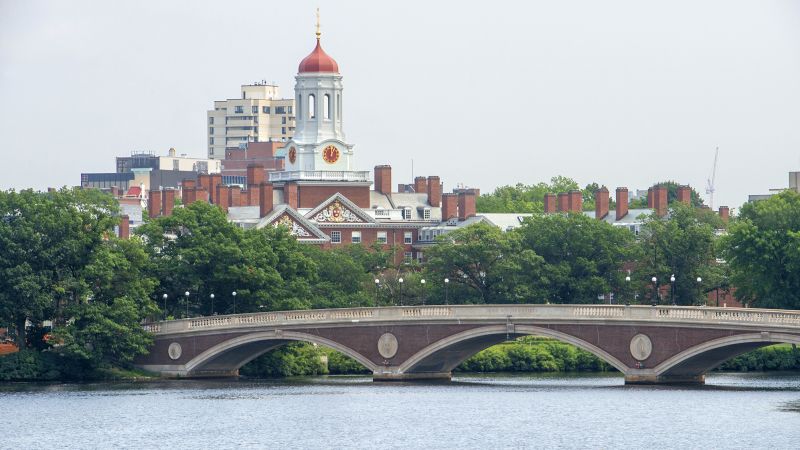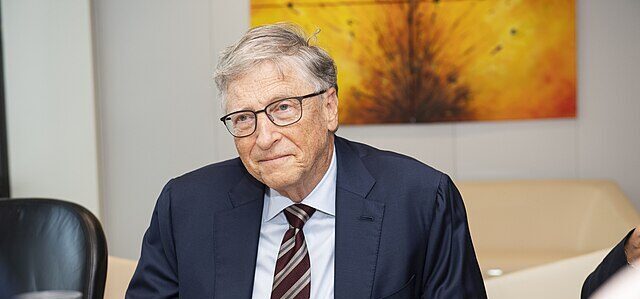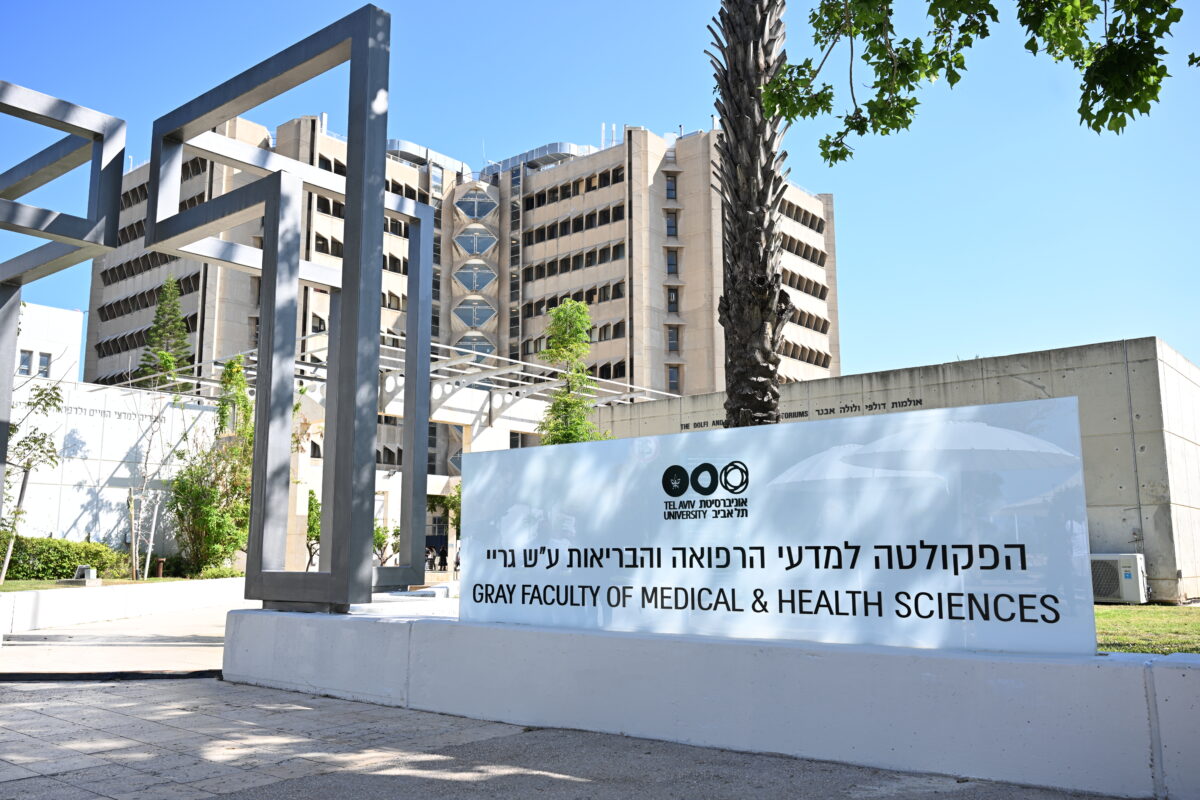New York
CNN
—
Big money donations are booming at America’s colleges, helping fund higher education for millions of students.
But big donations often come with strings attached. Major donors typically give to specific purposes at schools. The biggest donors often sit on universities’ board of trustees, which governs the university and selects university leadership, priorities and direction.
Private donations can be both a blessing and a curse. Donors’ largesse allows schools to plug funding gaps. But those gifts can quickly become liabilities if donors’ sentiments sour.
The donor backlash at the University of Pennsylvania and uproar at Harvard University over Israel and Palestine highlight how big donations often come with demands for changes to university policy and politics. The backlash has raised questions about the influence big donors wield and pressure donors may exert over leadership, hiring decisions and academic affairs.
Some pro-Israel donors and organizations that give to UPenn and Harvard have criticized administrators and withdrawn their financial support over the schools’ response to Hamas’ terrorist attacks against Israel on October 7 and alleged antisemitism on campus.
“I do not like making something like this about money – but it appears to be one of the only paths that has any hope of mattering, and it has become clear that it is the only voice some of us have,” said hedge fund billionaire Cliff Asness, who just finished a five-year pledge to UPenn.
While tensions over free speech aren’t limited to colleges, higher education experts worry the donor backlash could have a chilling effect on ideological diversity on campus and at institutions designed to serve as hubs for freedom of expression and debate on opposing viewpoints.
“It may be more likely that presidents, provosts, and deans would be reluctant to hire faculty whose views are at odds with major donors,” said James Finkelstein, a professor emeritus of public policy at George Mason University who held administrative positions at the university.
UPenn faculty also criticized what it saw as “intimidation” by donors over student and faculty freedom of inquiry and expression.
“Let us be clear: academic freedom is an essential component of a world-class university and is not a commodity that can be bought or sold by those who seek to use their pocketbooks to shape our mission,” UPenn’s Faculty Senate Tri-Chairs said in a statement Thursday.
Private donations have become crucial to funding both private and public colleges and universities in recent decades as government aid to higher education has decreased, enrollment fluctuates, and schools search for ways to keep down tuition.
In 1980, US colleges and universities received $4.2 billion in private donations from alumni, corporations, foundations, nonprofit groups and religious organizations. By 2022, private donations exploded to $59.5 billion, unadjusted for inflation, according to the Council for Advancement and Support of Education.
Ultra-high net worth donors, with $30 million or more in liquid assets, account for a larger percentage of money given to higher education than they did in the past, said David Callahan, the founder of Inside Philanthropy and the author of the book “The Givers: Wealth, Power, and Philanthropy in a New Gilded Age.”
“We have top-heavy philanthropy in higher education with major donors increasingly important to the funding streams of these institutions,” he said. “Money buys you the ability push your own specific interests at a university.”
Private universities have relied on donations since their beginnings. But public universities have also turned more to philanthropy as state aid to education dwindles.
The importance of fundraising and the goals of schools’ fundraising campaigns have also grown since the 1980s.
Schools’ capital campaigns now seek billions of dollars in donations in cycles that usually span up to 10 years. Fundraising and development offices have swelled at universities, and studies consistently find that presidents and academic deans spend the majority of their time raising money.
More donations are coming with strings attached, rather than letting schools spend their donations however they want. That means that some colleges have major needs that are not being addressed because of where big donors want to direct their money.
Gifts for specific purposes, known as restricted gifts, are growing. These restricted agreements are enforceable by law.
More than 90% of the contributions that colleges and universities used for operations are restricted gifts, compared with 78% 20 years ago, according to the Council for Aid to Education.
Critics have said philanthropy to higher education is too focused on math, science and business programs, at the expense of liberal arts, and that donors have not exerted enough influence to control tuition and direct aid to lower-income students, said David Callahan.
Donors have shown less interest in funding student aid programs. In 2018, student aid accounted for 10% of donations, a smaller percentage than it did 30 years ago, researchers at Indiana University found.
At the same time, philanthropy is helping plug gaps at regional universities, state schools, HBCUs and other institutions historically underfunded, he said.
Several schools have faced controversies in recent years over agreements with donors.
George Mason University in 2019 tightened donor rules after disclosures came to light that the conservative Koch Foundation received a say in the hiring and firing of some professors under agreements that provided millions of dollars to the school.
A prominent Yale University historian in 2021 resigned from a prestigious program at the university, citing pressure from donors, and a leading donor to the University of North Carolina at Chapel Hill helped block a proposed appointment of journalist Nikole Hannah-Jones to the school.
At Michigan State, two donors gave $24 million toward the head football coach’s salary.
Universities’ ties to Gulf states have also come under scrutiny. Saudi Arabia, Qatar, Kuwait and other Gulf states have poured billions of dollars in recent years to Islamic studies research and other programs.
“It would be a mistake for a university to be so dependent on any particular donor that its own internal policies were shaped by the donor’s idiosyncratic political preferences,” said Rob Reich, a political scientist at Stanford University and the author of “Just Giving: Why Philanthropy is Failing Democracy and How It Can Do Better.”
“When donors attach strings to gifts and bend universities to their own will, that undermines the independence of universities,” he said.
Universities need to establish stronger standards to maintain independence from big donors on all sides, said Ann Marcus, a professor higher education at New York University and director of NYU’s Steinhardt Institute of Higher Education Policy.
“Institutions have to be very clear with donors when they accept gifts what the parameters are,” she said. “The mark of a good president is to not cave in to political pressures or donor pressures.”
Credit:Source link



